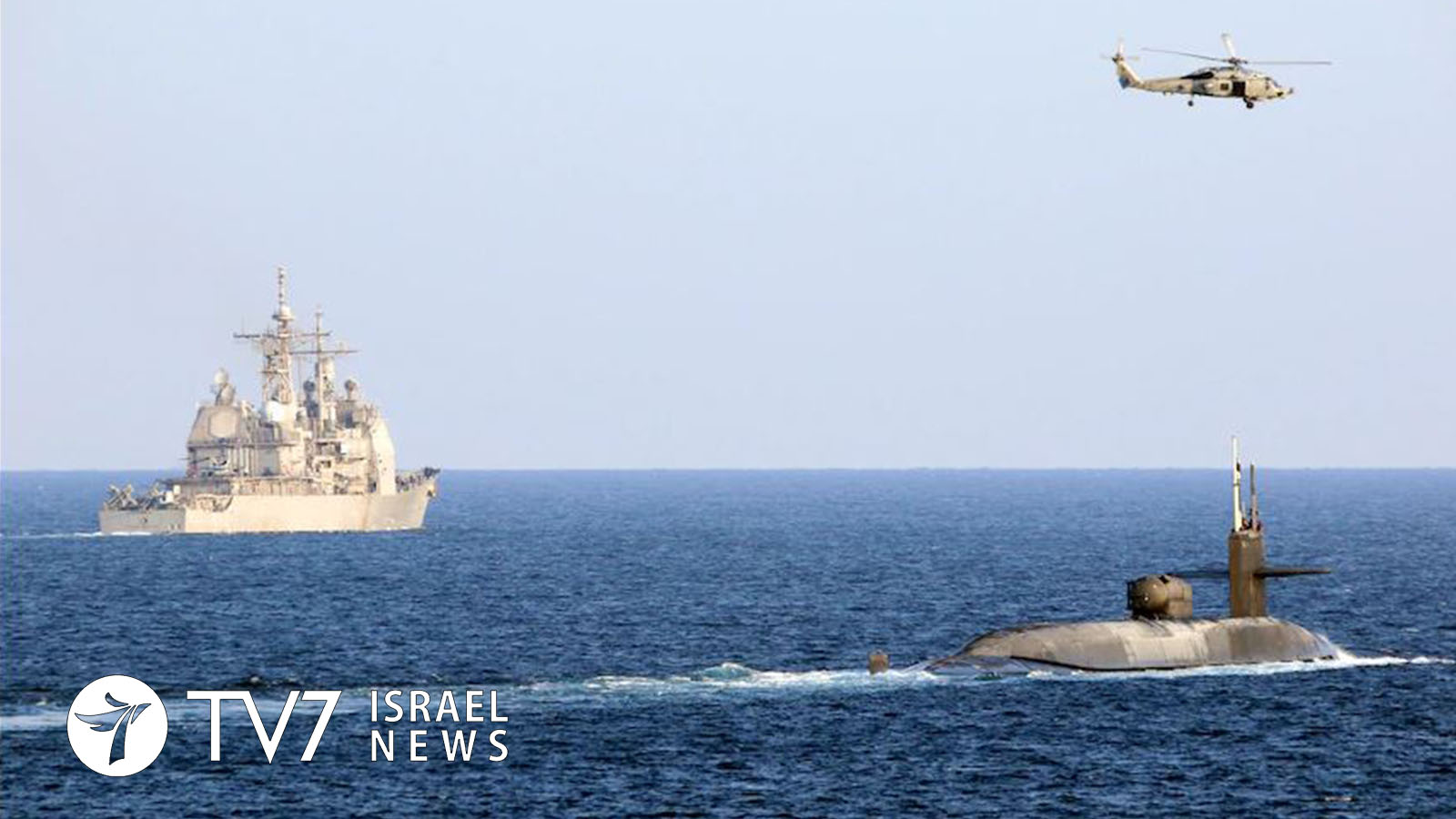In a rare move, the United States Navy announced that it deployed a nuclear-powered guided-missile submarine through the Strait of Hormuz yesterday, in what many believe is a demonstration of firepower aimed at Iran.
In the first such press release since 2012, the US Navy posted a message on its official website revealing that “The nuclear-power Ohio-class guided-missile submarine USS Georgia (SSGN 729) along with the guided-missile cruisers USS Port Royal (CG 73) and USS Philippine Sea (CG 58) transited the Strait of Hormuz entering the Arabian Gulf, Dec. 21.” [Editor’s Note: The Arabian Gulf is also known as the Persian Gulf].
The notice also included five photos of the vessel as it made its way through the strategic waterway, over which Iran has claimed sovereignty and nearly a fifth of all oil consumed globally is navigated each year.
Moreover, the “USS Georgia Transits Strait of Hormuz” announcement, issued by the Commander U.S. Naval Forces Central Command Public Affairs, stressed that the ship’s “presence in the U.S. 5th Fleet area of operations (AOO) demonstrates the U.S. Navy’s ability to sail and operate wherever international law allows.”
The US Navy’s AOO was defined as encompassing “about 2.5 million square miles of water area and includes the Arabian Gulf, Gulf of Oman, Red Sea and parts of the Indian Ocean. The expanse is comprised of 20 countries and includes three chokepoints, critical to the free flow of global commerce.”
Particular emphasis was placed on the detailing the USS Georgia “as an inherently flexible maneuver force, capable of supporting routine and contingency operations” that is able to transport “up to 154 Tomahawk land-attack cruise missiles (TLAM).”
As a guided-missile submarine, the Georgia is equipped with 22 tubes with each containing 7 subsonic long-range TLAMs, that can hit enemy targets just over 1,609 kilometers away.
The statement also pointed out that “up to 66 Special Operations Forces” can be accommodated aboard “one of the most versatile platforms in the fleet, equipped with superior communications capabilities.”
“Georgia’s presence demonstrates the United States’ commitment to regional partners and maritime security with a full spectrum of capabilities to remain ready to defend against any threat at any time,” underscored the post.
General Frank McKenzie, who heads the US Central Command (CENTCOM) issued a statement earlier this month cautioning that, “potential adversaries should understand that no nation on earth is more ready and capable of rapidly deploying additional combat power in the face of any aggression.” That message was released as two B-52H Stratofortress bomber jets did a flyover the Persian Gulf.
The latest development comes in the wake of the firing of 8 rockets at Baghdad’s International Zone on 20 December. One Iraqi soldier was injured in the attack, which caused damage to the US Embassy compound, nearby vehicles and other residential buildings but no US personnel were wounded.
US Secretary of State Mike Pompeo strongly condemned the incident as “the latest attack by Iran-backed militias on the International Zone in Baghdad.”
Iranian Foreign Ministry Spokesman Saeed Khatibzadeh rejected Pompeo’s accusation as “suspicious,” adding that his nation’s own embassy in Iraq is also located in the International Zone and that attacks on “any diplomatic missions and residential areas is wrong and banned by international law.”
There are reportedly rising concerns in Washington that Tehran may retaliate for the 3 January 2020 assassination of Islamic Revolutionary Guard Corps (IRGC) General Qassem Soleimani in Iraq on the first anniversary of his death in a US airstrike. As commander of the IRGC’s elite Quds Force, Soleimani was the second most powerful man in Iran after only Supreme Leader Ayatollah Ali Khamenei. According to a Pentagon statement at the time, “General Soleimani and his Quds Force were responsible for the deaths of hundreds of U.S. and coalition service members and the wounding of thousands more.”
Previous Iranian actions to avenge Soleimani’s killing include a missile strike on US-led coalition forces in Iraq, as well as declarations that the Islamic Republic would abandon the Joint Comprehensive Plan of Action nuclear accord it signed with world powers in 2015.
